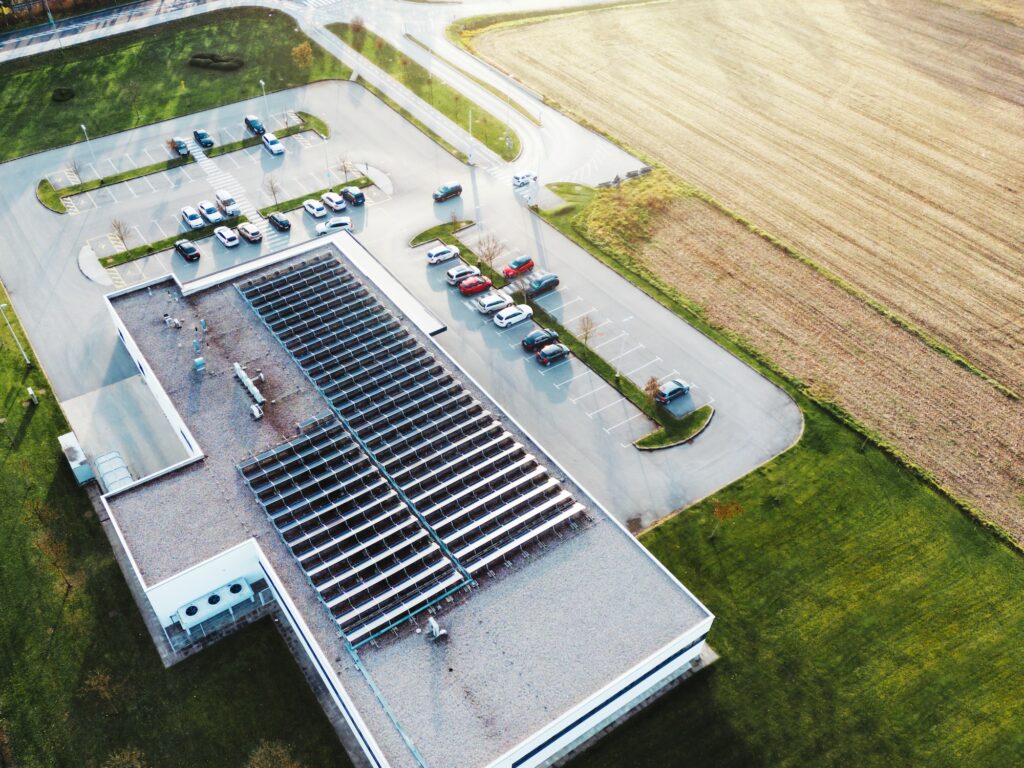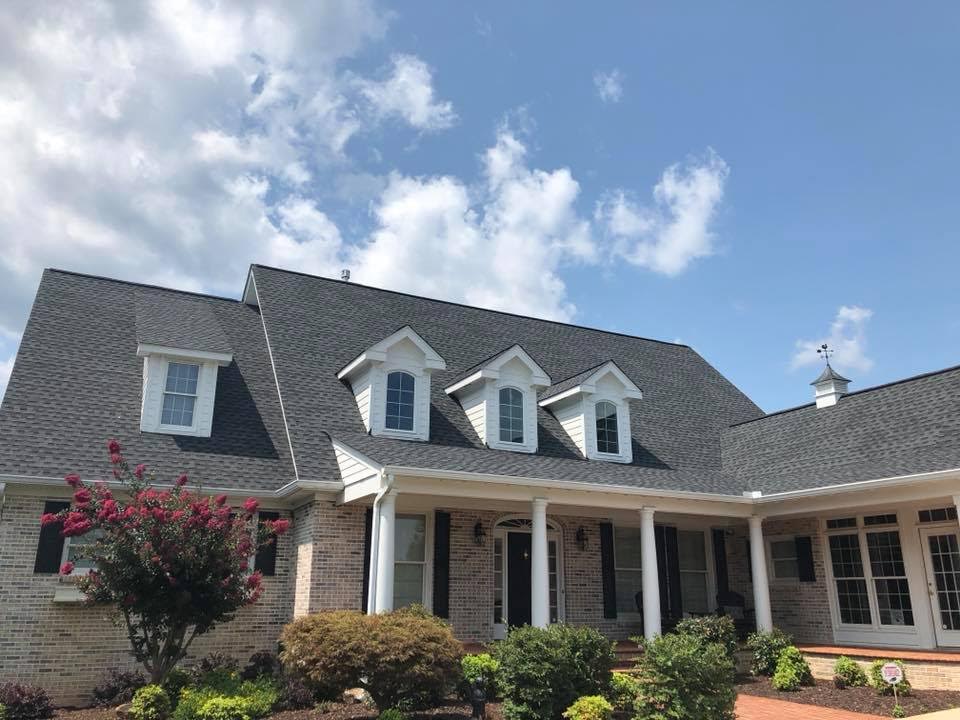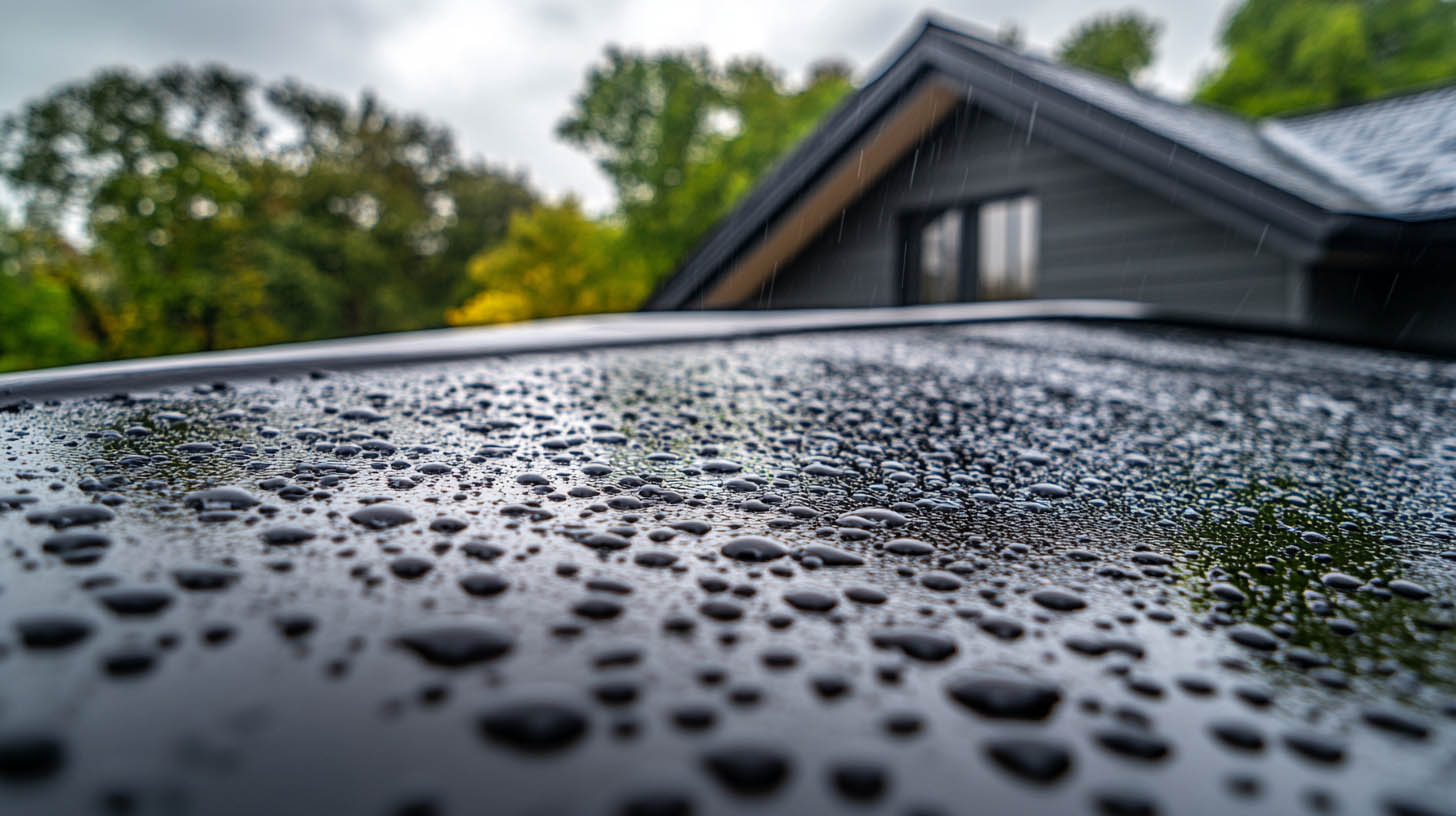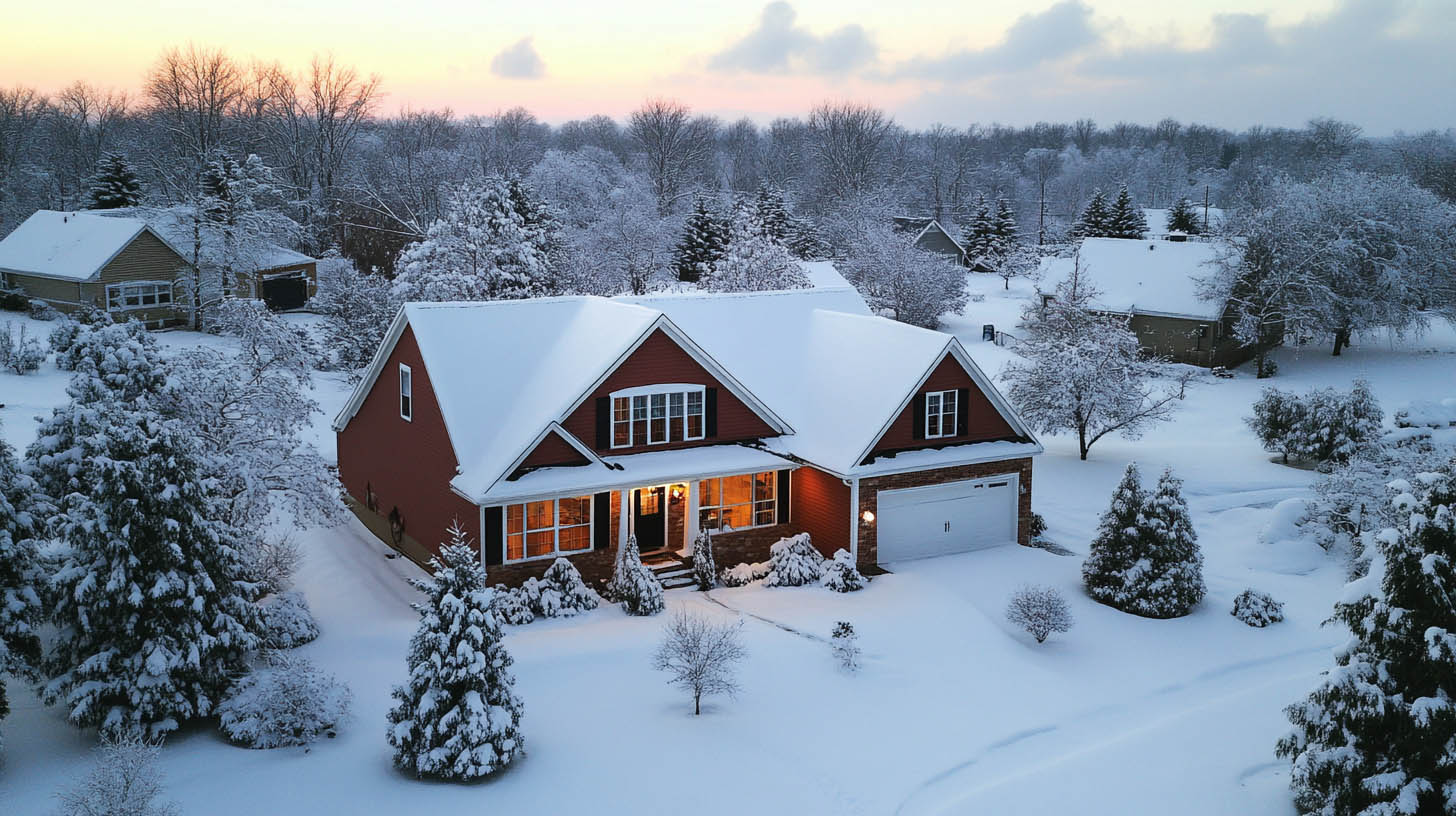Flat roofing became a symbol of modernity in the mid-1800s while providing various benefits, including lower costs, additional space for manufacturing and warehousing, and a reduced risk of snow dropping onto the sidewalk. While flat roofs continue to benefit businesses, they also require routine inspections to maintain their integrity. A professional inspector will use an industrial roof inspection checklist to locate any hidden problems. United Contracting & Roofing LLC offers comprehensive roof inspections for industrial facilities.
When To Use an Industrial Roof Inspection Checklist
Roofing contractors use inspections to determine whether your roof provides adequate protection for the building occupants. During the examination, inspectors can detect weaknesses, deterioration, and other hazards. Factors to consider before calling for a roof inspection include your roof’s age and recent weather events. The number of inspections per year depends on the age of your roof. Younger roofs under 10 years old can benefit from yearly inspections, while roofs over 10 years old may require seasonal inspections. Inspections after heavy winds, hail storms, and other inclement weather events are also advisable.
What To Include in the Industrial Roof Inspection Checklist
When hiring professional roofing contractors, they know the common vulnerabilities flat roofs have. They use a checklist to ensure a comprehensive inspection, covering the following areas:
1. Locate Roof and Gutter Debris
Inspectors must look for debris on the roof or gutters. Wind can blow trash, branches, and leaves onto the roof, but unlike sloped roofs, this debris cannot roll or slide off. Any clutter on the roof or in the gutters can block water from draining correctly. Additionally, debris can lead to moss growth, as shade, moisture, and debris create an ideal environment for moss.
2. Look for Ponding Water
Without proper drainage, water begins to stagnate. Inspectors look for stains or color changes on the roof, indicating that water stood for a length of time. Ponding water causes the roof to deteriorate, and water saturation adds more weight to the structure, potentially leading to collapse. Ponding can also result in leaks, mold, and mildew in the building’s interior. Inspectors use the checklist to look for damage to the drainage system and ensure proper roof slope.
3. Check for Cracking and Blistering
Roofs are exposed to extreme temperatures, causing cracking and blistering in the roofing material. Debris can also cause tears or cracks. Inspectors check the flashing where it moves from flat to vertical, as these sections experience more stress. Sealant or waterproofing membranes create gaps to keep water from touching the roof floor, but heat can crack the corners of the sealant. Routine maintenance is necessary to prevent cracking.
4. Inspect All Terminations
Termination bars support the roofing system. Inspectors check the terminations on parapet walls for a proper seal and look at the base of the wall for any cracking or failure. All edge materials need to be secured and terminated to prevent the elements from entering the building.
5. Inspect for Structural Damage
Blisters, cracks, and brittleness might indicate an exterior problem, but they can also signal deeper issues with the structural integrity of the building. For roofs made from tar and asphalt, the weight can strain the structure, potentially leading to collapse.
6. Check the Downspouts
Downspouts are vulnerable to damage from passing traffic and lawn maintenance. Damaged downspouts must be replaced to avoid drainage problems.
When To Call a Professional With an Industrial Roof Inspection Checklist
While industrial buildings benefit from flat roofs, these roofs have specific vulnerabilities requiring professional analysis and repair. The roof’s age may determine the frequency of professional inspections, but seeking an inspection before each season is recommended. An industrial roof inspection checklist helps professional contractors assess the roof’s health and structural integrity. For a thorough inspection and quote, contact United Contracting & Roofing LLC. To learn more about the Differentiating Between TPO and PVC Roofing, click here.








